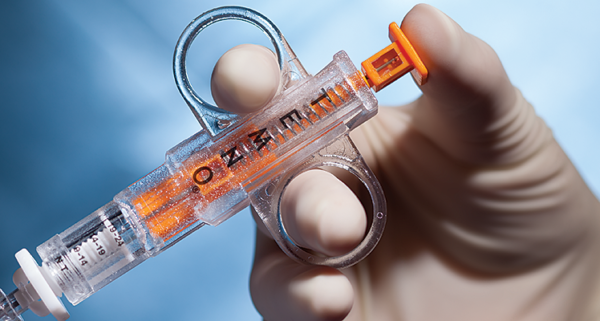A biopsy is a procedure that is done for the purpose of diagnosis. In a biopsy, a sample of tissue or cells is removed from the body and then examined through a microscope to find signs of disease. A surgeon extracts the sample and it is then forwarded to a pathologist to be examined for diagnosis. Since cells and tissues are not easy to see through the naked eye, a microscope is used for the examination.
Based on the sample requirement, a biopsy can either be excisional or incisional. In the case of excisional biopsy, surgery is performed to remove a whole area of interest for examination, while in the case of incisional biopsy, a small area of tissue is taken to identify the composition of the abnormality. Generally, a biopsy is conducted when an area of the tissue in the body does not look or behave normal.
There are various different types of biopsies that are performed and thus, the use of equipment for each type varies accordingly.
A biopsy needle is used when there is a need to collect sample of tissue or fluid. Often several inches long, such a needle tends to be hollow so that the tissue specimen can be captured with ease.
When are biopsies performed?
If the doctor finds something suspicious during a physical examination or in an imaging test, the patient is asked to go for a biopsy. The procedure is usually done to look for signs of cancer but many other conditions may be identified with its help.
The following are certain cases and reasons when a biopsy becomes important –
- Only a biopsy can confirm whether a lump or swelling in the body is cancerous or not. CT scans and imaging tests can confirm the presence of lumps in the body but cannot differentiate between cancerous and non-cancerous cells.
- Doctors use biopsies to determine the presence of ulceration, anemia, celiac disease or malabsorption.
- Biopsies are helpful in diagnosing cancer in the liver and in confirming cirrhosis or liver fibrosis
- It helps doctors confirm the presence of any infection in the body and also the type of organism responsible for it
- Biopsies are also used to investigate and determine the cause of the inflammation in the body
What is done once a biopsy has been performed?
After a biopsy an analysis is done and based on the investigation, the result is prepared. Post the procedure, the examination of the tissue sample will be done by a team comprising a pathologist, a hematologist and the doctor or surgeon.
The following are some steps that are taken after a biopsy is performed-
- The sample of the tissue that has been collected is sent to the lab for examination purposes
- A pathologist will examine the tissue, may treat it with chemicals and if need be, may slice it up into thin sections
- The sample is studied under a microscope so that the cells can be seen more clearly
- In case of cancer, it’s determined whether it’s benign or malignant
- It’s also studied whether the cancer is of advanced nature or progressing rapidly
- And finally, the report is prepared by including all the findings
- It generally takes 2-3 days for the results to be prepared in most cases
- In complex cases however, it could take 7-10 days for reports to be prepared and then be sent to the doctor.


















Be First to Comment